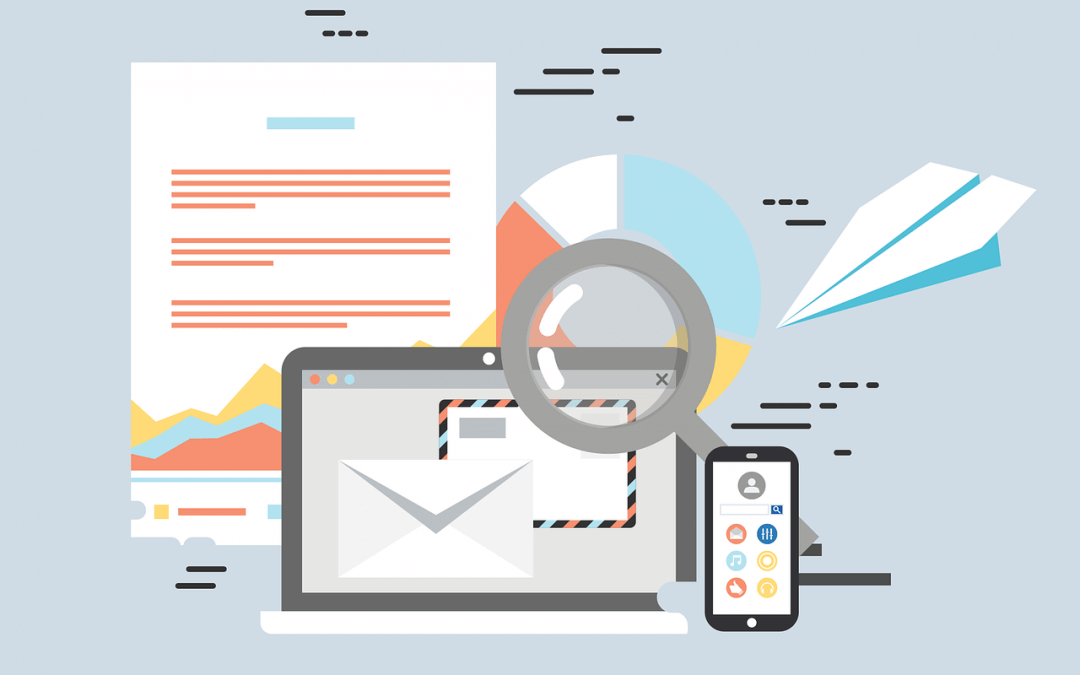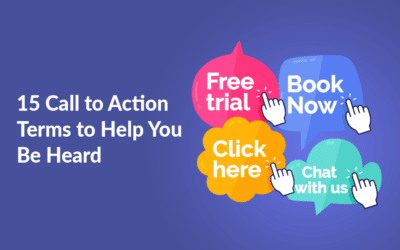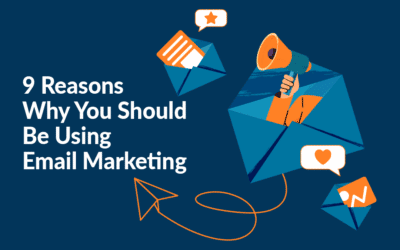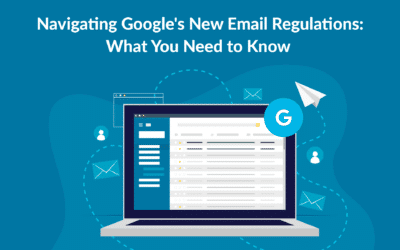Despite the explosion in new channels in recent years, email marketing remains today just as important, effective and essential to the success of your business as it ever was, and it does so across all metrics:
- In 2017, there were 3.7B email users globally, and this figure is set to grow to 4.3B by 2022. (Statista)
- The number of emails sent and received per day will rise from 269B in 2017 to 333B by 2022. (Statista)
- Over 90% of consumers use their email at least once every day. (Salesforce)
- 82% of US workers check their work email at least every few hours outside of normal work hours. (Statista)
- 90% of US workers check their personal email at least every few hours during normal work hours. (Statista)
- There will be 4.78B mobile phone users in the world by 2020. (Statista)
- 59% of email opens worldwide occur on mobile. (Email Monday)
This all seems like good news, right? Well yes, but together with these positive factors there are a couple of significant warnings to heed:
- If your email is not optimized for mobile, 80% of users will delete it. (BizReport)
And despite ALL of us knowing so much better:
- Spam still accounts for 48% of email traffic worldwide. (Statista)
The other elephant in the room that we are well aware of, but often choose to neglect, despite our own experience, is that the inboxes of our customers and prospects are full to overflowing with marketing messages, tantalising subject lines and dozens of mails clamouring for their attention.
What strategies can you employ to get your message heard above all the other hubbub in the marketplace? How do you become the one voice that is heard in the crowd?
In this article we’ve pulled together a selection of tried and tested techniques used by the very best marketers that when employed correctly can ensure that yours is the message that is opened and responded to.
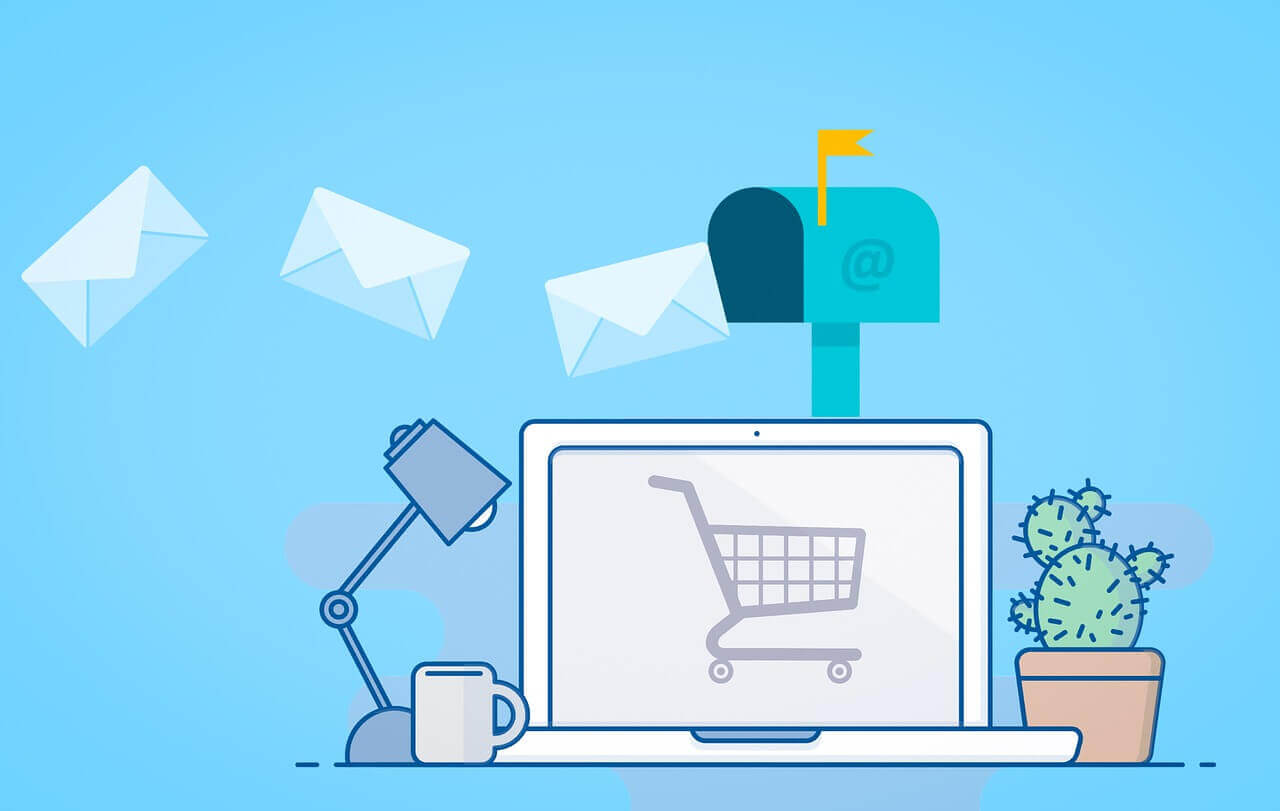
1. The “What” Strategy – Subject lines – getting straight down to business
On very first viewing you’ve got roughly two or three seconds before your email is consigned to the trash can, or worse, the junk folder of doom. You need to make that fleeting moment of initial engagement count. Yours needs to be the mail that gets opened.
How?
Advice on this can make it out to be some kind of dark art, the secrets of which are known to only a select few initiates. However, there are some very simple principles to follow that will increase your opening rates.
Bear in mind that all of these do not need to be present in every subject line, but all are worthy of consideration when you are crafting your next message. Which of them are appropriate to use will always depend upon what your product or message is, and what response you are looking to get from your campaign.
Relevance, relevance, relevance
Give some thought to what is happening currently, both in general terms and with regard to the specifics of the individual.
What season is it? Is this vacation time? Christmas? Is the recipient or a family member having a big birthday? Have they earned some kind of reward with you? Are you launching a product that their behaviour shows is of genuine interest for them? Are you communicating about something of personal relevance to the recipient?
Opening with a line that reflects the current reality will always be more appealing than something more generic.
What’s in it for me?
Appealing to basic human instincts is always a winner. Consider letting the recipient know what they are going to get as result of reading your mail. How are they going to benefit from opening it?
This will of course depend upon your business or product, but think, does your product offer a solution to a thorny issue for your recipient? It does? Let them know in the subject line.
The “Must Have”
A classic but highly effective technique. Whether we’re prepared to admit it to ourselves or not, within our own personal geek-spaces we are all partial to the “latest thing”, the “perfect complement” to something you already own, or the “ideal upgrade” to your favourite vice. Lines such as “This Season’s Must Have…” or, “Don’t Be the LAST to find out about…” can grab the attention of the right audience at the right time.
Scarcity and urgency
One of the oldest tricks in the book, this technique needs to be used with care. However, creating a sense of urgency around a subject is still highly effective when prompting recipients to action, especially when combined with the areas of relevance, benefit and desirability we touch on above.
Recipients will be moved to action by subject lines that stress scarcity or urgency – “24 hours only”, “Don’t miss out on…”, and “Last Chance to…” – but be careful not to overuse this method – make it genuine and use it only when relevant and necessary.
Puns are fun! Oh noooo… you didn’t just go there…
Oh yeah… we did. Humour is a brilliant tool for grabbing attention and creating engagement. As sophisticated as we would like to believe we are, people are still absolute suckers for a good pun. Look at your business, product or promotion, is there a good pun to be had from it? If so, get creative and dare to bring a smile to your recipients faces!
Hey! – Short is sweet
Another style of address that seems a little counter intuitive, but which was shown to be extraordinarily effective is the one-word technique. Barack Obama saw unprecedented levels of engagement with simple subject lines such as “Hey” and “Wow”.
Of course we cannot ignore the “who” factor in this – it’s Barack Obama we’re talking about – however, it was a strategy his team deployed from the beginning of his first campaign, right through his Presidency, and was one that saw previously unheard of levels of engagement for a politician that was essentially an unknown quantity in the beginning.
The unexpected nature of the one-word subject line can really be an attention-grabber; however, we would counsel that you be careful to only use this technique once you have developed a relationship with your recipient. Doing so too early would be counterproductive.
Does size matter?
Well, yes. As we discuss above, keeping it short – the one-word subject line – can, when used appropriately, be outstandingly effective.
However, intriguingly enough a study of over 900 million emails by Adestra shows that there is a “dead zone” in terms of subject line length – of between 60 to 70 characters – in which there is no noticeable uplift in either opening or clickthrough rates.
Instead they found that subject lines of 70 characters and above tested to be the most effective in encouraging readers to click through to the content, whilst 49 characters and below were the most effective with regard to opening rates. Tellingly enough, the study found that subject lines shorter than 10 characters long had an opening rate of over 58%.
Current wisdom however supports that shorter subject lines, especially under 49 characters, will serve you best if you want to get your recipients to open your mails.
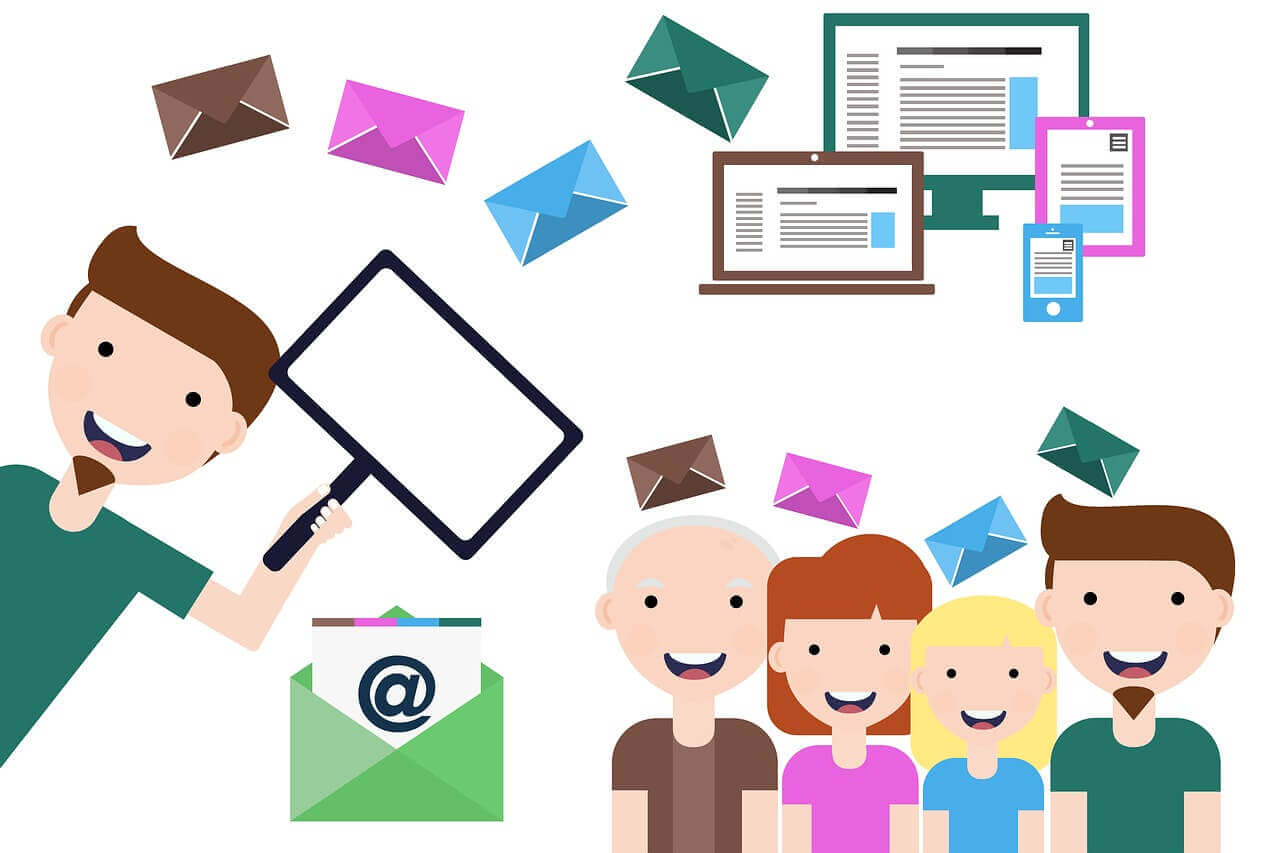
2. The “Who” Strategy – Personalisation, YES, recipient’s name, NO – really?
This also sounds counter intuitive at first, but research conducted by the Fox School of Business at Temple University in Philadelphia suggests that personalising an email with a recipient’s name is beginning to have an increasingly negative effect on the engagement rates with email campaigns. Whilst studies in the past have shown historically that personalised greetings can result in an uplift in engagement, growing concerns about phishing, identity theft and other types of credit card fraud are leading to consumers becoming increasingly suspicious of emails with personal greetings.
To a certain degree it’s a matter of taste, but it is vital to bear in mind that the most essential aspect of any relationship is trust, and that trust is earned. It is not something that is taken as a given merely because an individual has signed up for your newsletter or taken part in a competition you have run. This is only the very first step, and one where you have to listen very carefully indeed to the feedback that your recipient is giving you.
Being overly familiar too soon will come over as false and can be extremely off-putting for many. Of course, for some it does not matter so much, it is a given that there will be a degree of “fakery” in any marketing relationship, and most consumers are prepared for that.
However, would it not be worth your while making the effort to be the one organisation in a recipient’s inbox that goes that extra mile in becoming a genuinely trusted part of someone’s consumer life?
If you are wedded to using a recipient’s name from the very first moment, one early elegant step you can take in earning a new subscriber’s trust can come during the sign-up process, simply by asking the recipient how they would like to be addressed. This means that from the outset when you do use this kind of personalisation you are at least doing so in a way that the recipient appreciates. And more than this they will appreciate the chance of letting you know.
A first brick of trust has been laid upon the foundations of your relationship.
Gameshow-host fake familiarity notwithstanding, personalisation remains a highly effective tool in building trust. What matters here is how you use it.
Delivering email to a subscriber’s inbox that is individually tailored to them and their needs is a game changer. As we examine in our article Creative Segmentation – going beyond the basics, this is done by making use of a number of data points about your individual recipients, including browsing habits, purchase history, and demographic and geographic information. Product personalisation using this method has been shown to lead to at least a 100% increase in click-throughs.
The key to a successful personalisation strategy is making sure it is genuine. If you give your recipient something that is meaningful and genuinely useful to them, they will not only trust you, they will respond positively.
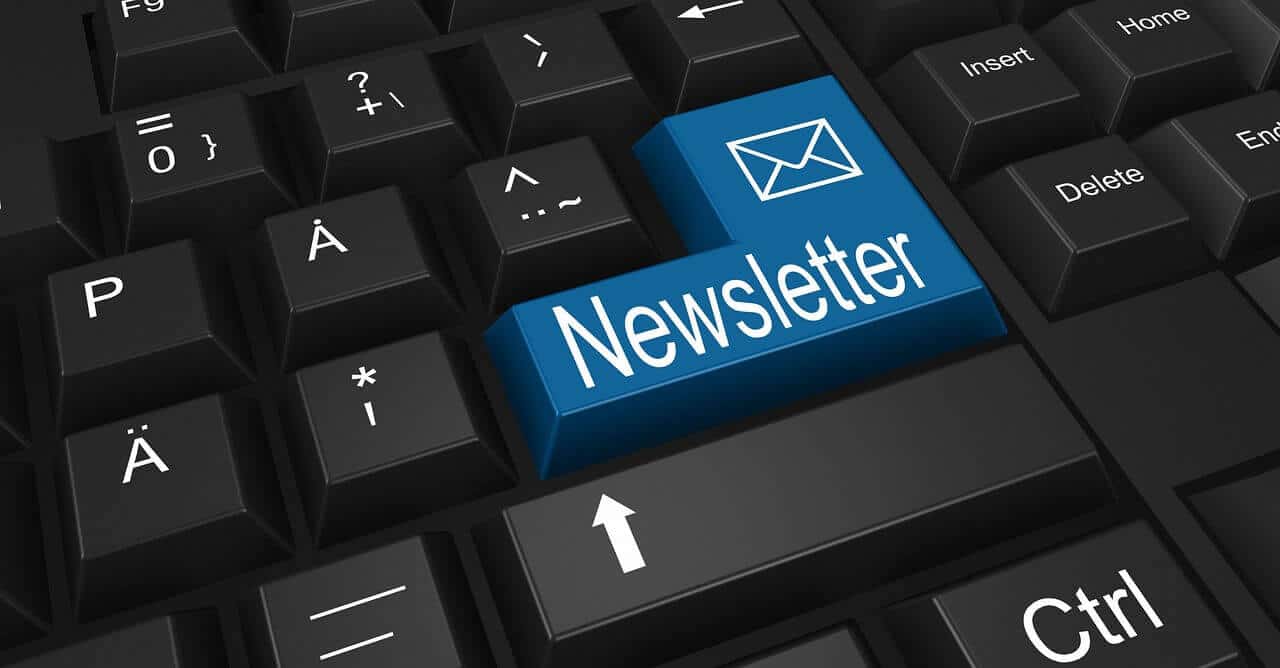
3. The “When” Strategy – “It depends…”
It’s true, there are many variables to consider with regard to the “when” of your email campaign. But numerous studies show that in general the following elements will prove to be the most effective strategy to employ with regard to your campaign send outs:
Day – Midweek is best
- Tuesday is the best day by far for sending out your campaign
- If you are sending more than one campaign a week, then the next should be sent on a Thursday
- If Tuesday is not convenient, Wednesday is a proven effective alternative
There is a caveat to consider here, in that some studies show that Saturdays and Sundays show high opening and clickthrough rates. However, this is skewed by the fact that the number of emails sent at the weekend is far lower than other times of the week, so whilst opening rates may be higher, the actual number of emails opened is much, much lower.
Time – Consider your target audience
You need to exercise some judgement on this, consider your audience, what they are doing and when, because there are a number effective of options from which to choose:
- 1000-1100 (10am-11am): In general, studies show that late morning send outs are the most effective, with a slightly earlier mid-morning slot proving to be increasingly efficient.
- 2000-0000 (8pm-12am): People are winding down from the day, considering preparing for bed and for the next day’s activities. This slot will hit this audience effectively.
- 1400 (2pm): Perhaps people are beginning to wind down out of the day’s business, or looking for something to distract them for a moment and give them a little energy boost.
- 0600 (6am): A staggering 50% of users will check their mail along with their social media accounts before even getting out of bed. Catch the early risers with this slot.
As with anything to do with your business, understanding the nature of your brand, your product, your content and your audience will ultimately dictate when is the best time for you to send out your campaigns. This will necessarily entail some trial and error, but don’t be afraid to experiment, it may be that the absolutely ideal time for you to get engagement from your audience is between 2000-0000 on a Sunday. But rule of thumb is mid to late morning from Tuesday-Thursday will set your baseline. Start from this point, and then experiment with your strategy from there.
4. The “Bells & Whistles” Strategy – Interactive Campaigns
It might be a little hard to believe – or maybe it isn’t – that in this day and age, on average, a human being has an attention span of only eight seconds.
The Creating smarter customer journeys study by Microsoft, which at 54 pages long is well worth the read, demonstrates that our current digital lifestyle makes it incredibly difficult for us to stay focused on any one thing for any significant length of time – our attention span having shortened from twelve to eight seconds in less than a decade.
Given that our attention span is now less than that of a goldfish, it is more essential than ever that our communications are engaging, and even immersive, and interactivity is an ideal strategy to deploy in this case.
Why?
Engagement drives loyalty, reaction and response, and 93% of interactive content is shown to be somewhat or very effective at educating the buyer, almost 25% higher than non-interactive content.
You want to learn about your visitors, prospects and customers. Interactive campaigns are perfectly placed to facilitate this process, encouraging your audience to engage with and learn about your products and services, ultimately driving the purchasing process.
Any genuine value that a prospective customer gains from an interaction will mean that they are more likely to offer up an email address in return. This opens the way for personalised marketing campaigns and a customer journey that ultimately results in that essential purchase.
Interactive content that can be used in your email campaigns could include:
Video
Remember we’re now less attentive than a goldfish? Mitigate that with video content, after all 43% of consumers are demanding more video content from brands, which might also explain why landing pages with video see 80% more conversions than those without.
Infographics
Humans are an extremely visual species – “why do I always think in pictures?” – and infographics are proven to be one of the most shareable forms of content. Generally speaking, companies using infographics see a 12% growth in traffic over those that do not – with one company even reporting a massive 756% increase. Remember when creating an infographic that it has to offer real value, so make it relevant for your audience, and make it easily and immediately digestible.
Surveys, polls & quizzes
These are a fabulous tool both in terms of engagement and data gathering. The trick is in keeping them short and relevant for your chosen audience, with questions designed to gain insight into your subscribers. Quizzes are growing in popularity in particular, and have a 33% lead capture rate and a high chance of being shared.
Calculators
This idea may sound a little dry and dull at first, but calculators can offer customers both instant gratification as well as a great deal of value, all with a minimum amount of effort required on their part. Something as simple as a basic price calculator – “How much does it cost to travel to Hawaii?” – can have impressive results and companies report an uplift in lead conversions of more than 25%, along with the bonus of a nice boost from social traffic. Using a calculator as a call-to-action signals your intent to both solve a customer’s problem and add value. All of which acts to boost your brand image for customers who are hesitating, encouraging them to commit.
Keep in mind that every email doesn’t need to be a sales pitch either. Sometimes emails that provide sheer entertainment for customers help your brand stand out. Plus, who doesn’t enjoy an unexpected laugh?
5. The “Freebie” Strategy – Give it away, give it away, give it away now…
Be honest, there are few things in this world more gratifying than that frisson you get when receiving something for nothing. But there is also a huge amount of suspicion that orbits around the “freebie”.
Why include this as a recommended email strategy then?
Well, a study by Bluewire Media in Australia tested various types of content to see what led to the highest opening and clickthrough rates. The clear winner was free to use content in the shape of templates and tools – precisely the kind of free material that your audience may be likely to want.
This returns to, and reinforces, the point we touched on earlier about appealing to the “what’s in it for me” drive that many an email reader will look for in a subject line.
If your email campaign offers the reader something of real value, they will willingly engage with and offer up invaluable information about themselves in exchange.
Business analyses, market research, “How to” guides, expert interviews, media content, templates and eBooks, for instance, are ideal content to offer your audience as free to use and download. These can be used both to drive engagement within your campaigns, and as lead generation tools in their own right.
As with every other strategy we discuss in this article, you will need to tailor this methodology to your audience and campaign requirements, but never be afraid of experimentation.
Mix and match to make the magic – dare to be creative…
The golden rule with all these strategies – as it should be with your marketing in general – is always to be relevant, honest, genuine, and by default, constantly adding value to the relationship.
Whatever strategy, or strategies, you employ, be creative. MarketingPlatform offers a suite of tools to enable all of these strategies, and we would love to hear back from you as to what strategies work (and don’t work) for you. Let us know your stories. We’d love to hear from you.
Try MarketingPlatform for free for 14 days
The trial period is free, completely non-binding and expires after 14 days if you do not wish to continue.
When you sign up, you will also receive our educational flow via a series of emails along with our newsletter with regular updates.

